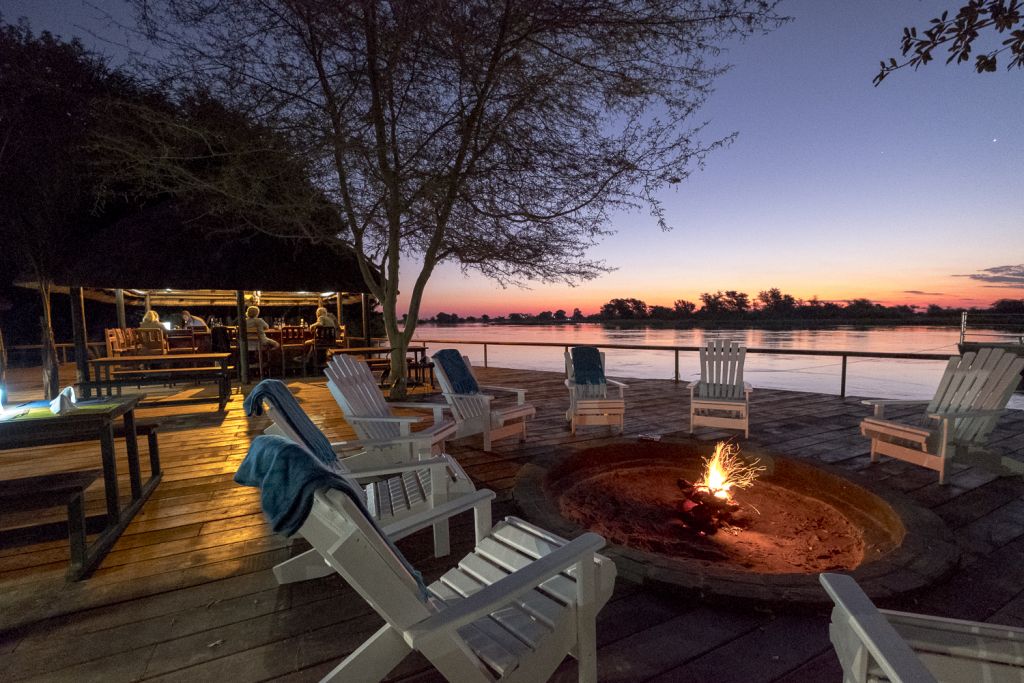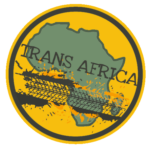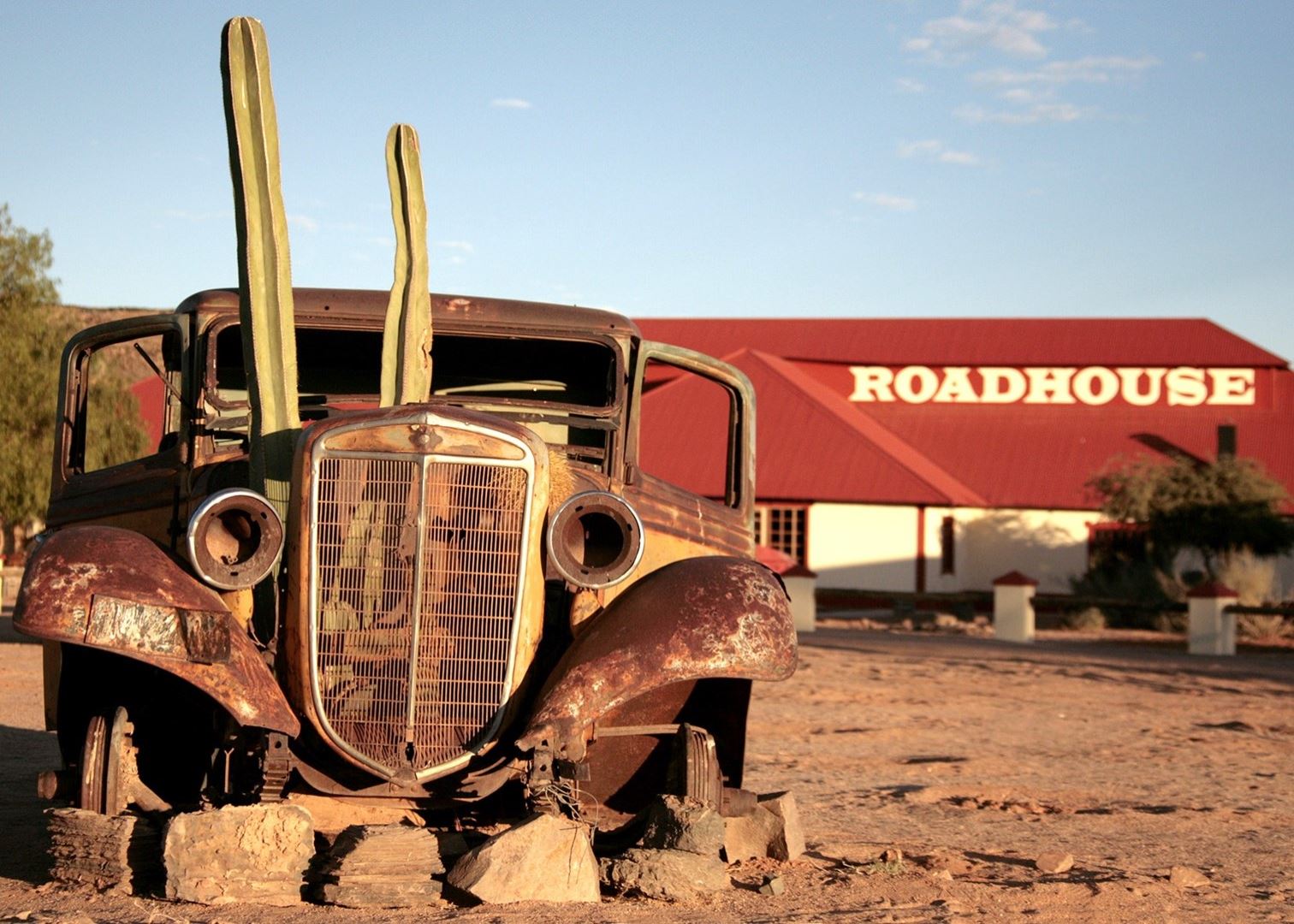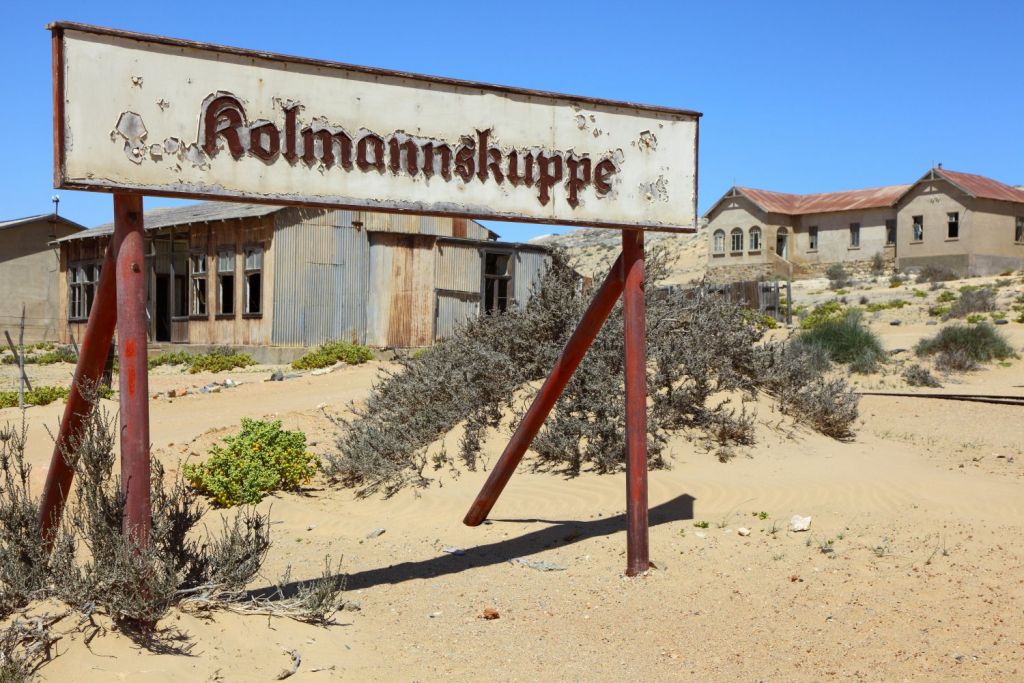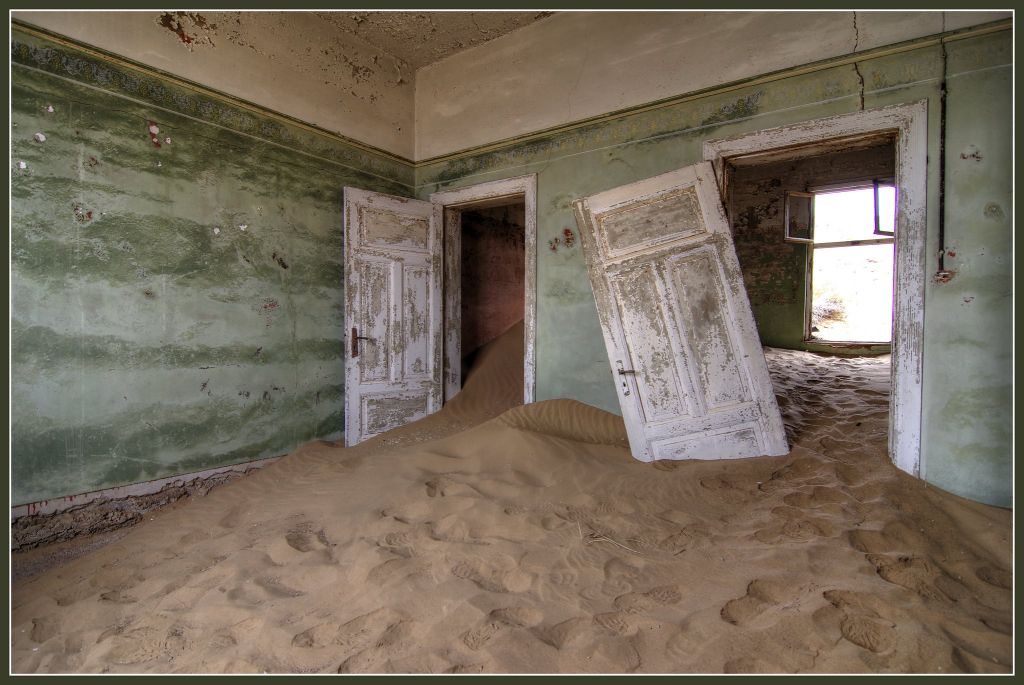Stage 1-B from Cape Town to Cairo: From Cape Town to Livingstone
The first part of our journey that will take us from Cape Town to Cairo will touch 3 beautiful states, traveling from Cape Town we will go up the coast to Namibia which we will explore from south to north and finally Zambia, Livingstone and the Victoria Falls.
In South Africa we will start from the Cape Peninsula and the beautiful Cape Town and going up the west coast we will visit the Namaqua National Park which offers beautiful landscapes and long ocean beaches.
Arriving in Namibia we will explore many fascinating destinations. Fish River Canyon, the Namib Desert, the infamous Skeleton Coast and we will go on safaris in Etosha National Park.
In Zambia we will admire one of the greatest natural spectacles in the world, the Victoria Falls.
The highlights of the journey from Cape Town to Livingstone
Along the first leg of our journey through Africa, from Cape Town to Livingstone we will have the opportunity to visit unique destinations.
- Cape Town
- Namaqua National Park
- The Transfrontier Park of | Ai- | Ais / Richtersveld
- The largest canyon in Africa
- Southern Namibia: Luderitz and Kolmanskop
- The Namib Desert and the Namib Naukluft NP
- The Skeleton Coast, sea lions and wrecks
- Rock art at Twyfelfontein
- Acquaintance with cheetahs
- Safari in the Etosha National Park
- Exploring the Caprivi Strip and the Zambezi River
- The Victoria Falls in Zambia
Traveling from Cape Town to Livingstone: the wonderful Cape Town
Cape Town, affectionately known as the Mother City, is set against the backdrop of the iconic Table Mountain plateau and the sapphire blue bay of Table Bay, famous for its seal population and great white sharks.
Cape Town is considered one of the most beautiful cities in the world thanks to its stunning scenery, its beaches, mountainous surroundings and centuries-old architecture that mixes with a modern minimalist design.
The iconic Table Mountain plateau is the backdrop to the city and is a must for visitors, taking the cable car to the top of the mountain is an experience that offers a 360 degree panoramic view of the surrounding area and the city .
With an enchanting scenic drive along the rocky coast of the Cape Peninsula, you will reach Cape Point and the Cape of Good Hope. The Cape is also located within the Table Mountain National Park which gives the opportunity to see the fascinating flowers of the Cape Floral Kingdom, one of only six floral kingdoms in the world.
The Cape Floral Kingdom, which extends over 90,000 square kilometers, is one of the richest floral areas on the planet and has been declared a World Heritage Site by the UNESCO committee. Of the 9,600 plant species found in this kingdom, about 70% are found nowhere else in the world.
No trip to Cape Town is complete without an excursion to the wine area, the Cape Winelands is home to numerous wineries producing fine wines.
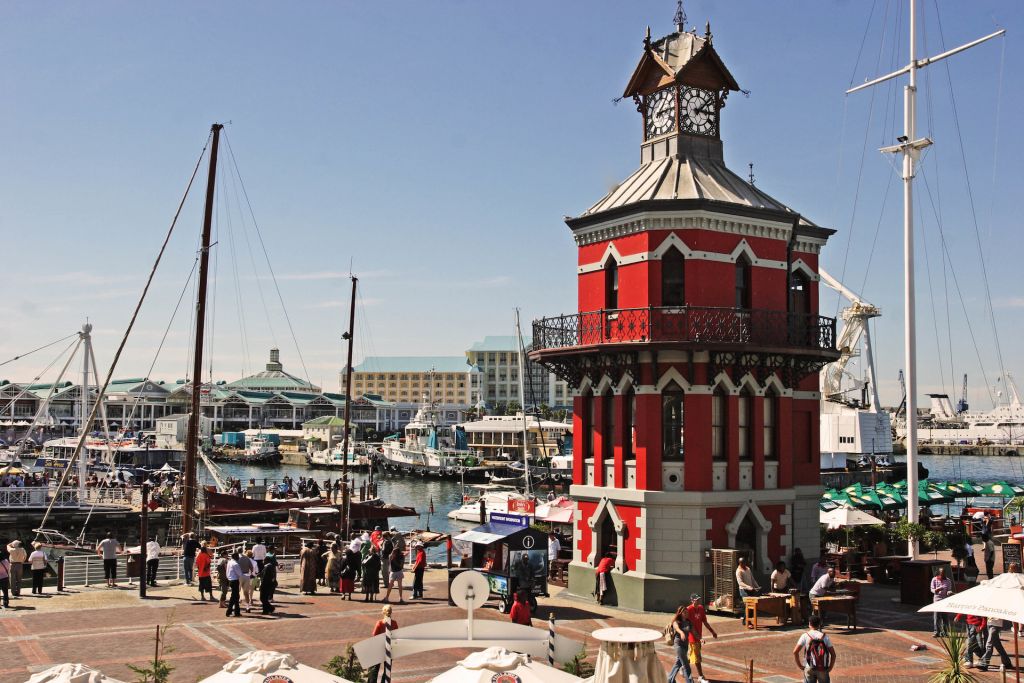
Traveling from Cape Town to Livingstone: the South African West Coast
The West Coast is located in the Western Cape province, one of the nine provinces of South Africa. It is characterized by its gigantic coasts with white sand beaches and borders the Atlantic Ocean for over 400 km extending from Cape Town to the Kalahari.
Among the destinations not to be missed on the West Coast there is certainly the Namaqua National Park which is characterized by an ecosystem known as Succulent Karoo, or succulent plants of Karoo, which is the most diverse and rich of the semi-arid groups on the planet. .
Numerous species of antelope have been reintroduced in the park. There are also numerous small mammals, reptiles and above all the endemic turtle.
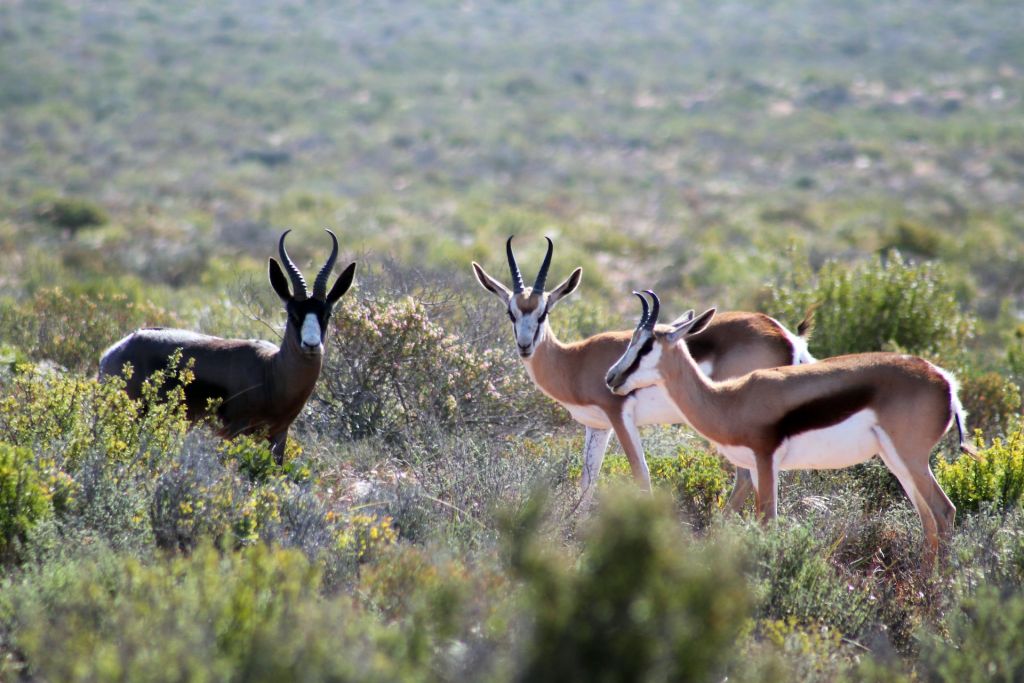
Traveling from Cape Town to Livingstone: | Ai- | Ais / Richtersveld Transfrontier Park
| Ai- | Ais / Richtersveld Transfrontier Park, jointly managed by South Africa and Namibia, extends over some of the most spectacular arid and desert mountainous landscapes in southern Africa.
The park was born from the union of the / Ai / Ais Hot Springs Game Park in Namibia and the Richtersveld National Park and the Richtersveld World Heritage Site in South Africa.
The park is home to one third of the world’s 10,000 succulent species and includes the Fish River Canyon, the largest canyon in Africa.
/ Ai / Ais means burning water and refers to the hot springs of Transfrontier Park. This rugged desert landscape is home to a series of natural gems including natural springs, lava rock formations and scorching expanses of desert.
Traveling from Cape Town to Livingstone: Fish River Canyon
The second largest canyon in the world, Fish River Canyon, winds its way through the spectacular rock faces characteristic of the desert landscape.
Fish River Canyon stretches for nearly 160 kilometers across the vast landscape of Namibia, has been carved out over the centuries by the Fish River, the longest river in the country, and reaches depths of over 500 meters at its deepest point.
The best place to access and see Fish River Canyon is from the Namibian side, where incredible viewpoints are available.
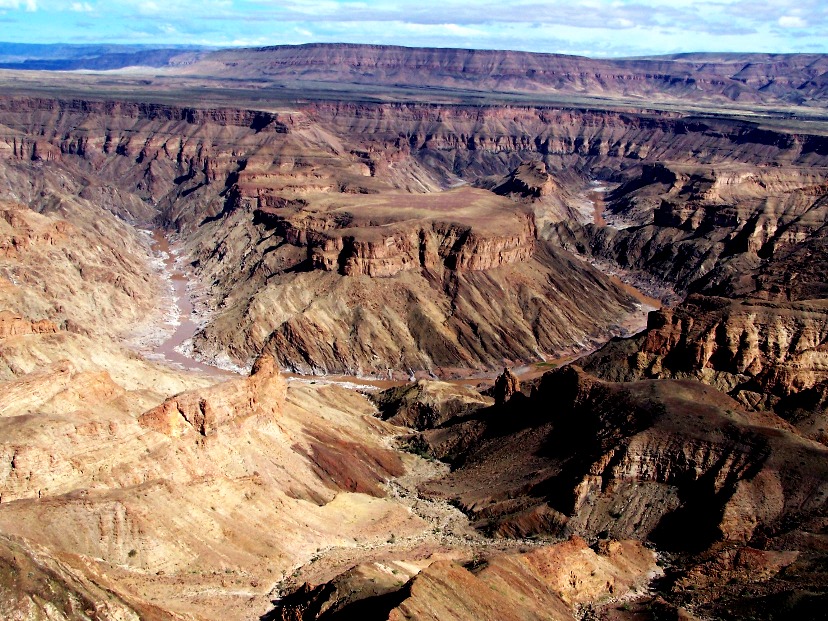
Traveling from Cape Town to Livingstone: the town of Luderitz and the ghost town of Kolmanskop
Located in southwestern Namibia on what is considered one of the most inhospitable coasts in Africa, Luderitz is a picturesque city with interesting architecture and a rich past evidenced by the many splendid historic buildings.
In Luderitz you can admire well-kept old houses from the German colonial era, built in art deco style, the attractive coastal beaches, especially the Big Bay and many sandy bays and lagoons; on the island of Halifax you can also see penguins and flamingos.
Just 12 kilometers from the city of Luderitz is the incredible ghost town of Kolmanskop. In 1908 the city was little more than a small railway station but the discovery of diamonds in the area attracted many people in search of fortune and the town developed rapidly.
In a few years Kolmanskop became the richest city in Africa and one of the richest cities in the world but around 1940 more profitable deposits were discovered and the city was left to itself and the desert claimed its lost territory.
A visit to Kolmanskop provides a disturbing insight into how the desert slowly but surely reclaims everything that has been built in it, the sand creeps into every space and reclaims the stolen space.
A curiosity: the hospital had installed the first X-ray apparatus in southern Africa but was probably used more to control workers, who could have swallowed diamonds, than to treat the inhabitants of Kolmanskop.
Traveling from Cape Town to Livingstone: The Namib-Naukluft National Park
The Namib-Naukluft National Park protects a large section of the Namib Desert, the world’s oldest desert, and the Naukluft mountain range.
The most visited area of the park is the Sossusvlei area famous for the high orange sand dunes that create a spectacular landscape.
Spending a day exploring the Sossusvlei area is an incredible experience. You can climb the dunes and enjoy incredible views of the dunes that extend to the icy ocean, you can admire the vlei with the skeletons of the trees that create an atmosphere spectral.
The vlei are the beds of ephemeral lakes that, once the water has evaporated, consist of light-colored expanses, due to the salinity of the water, in stark contrast to the orange dunes and the skeletons of trees that have blackened over time.
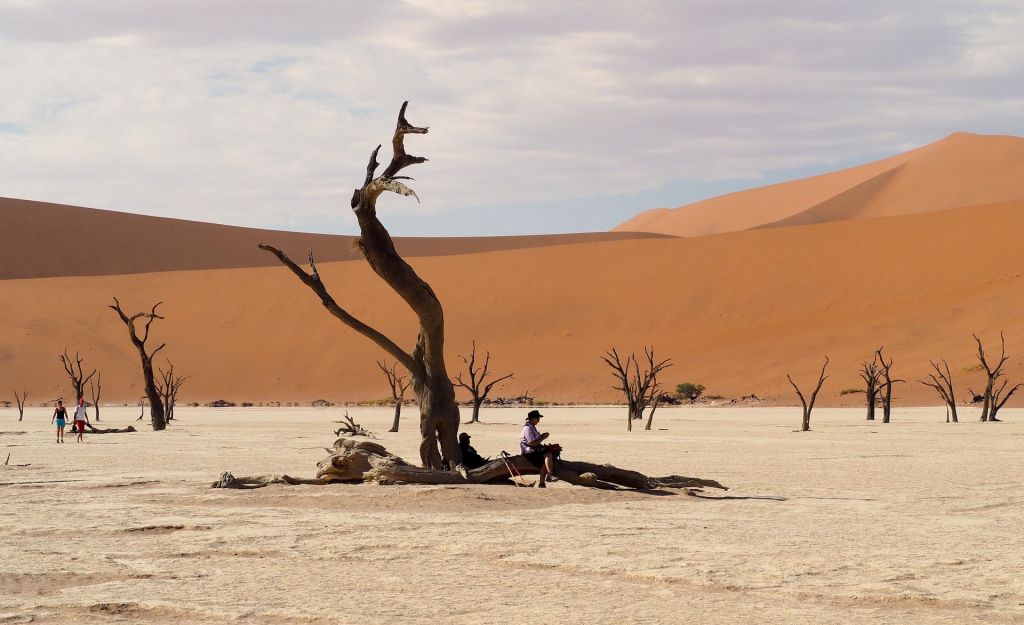
Traveling from Cape Town to Livingstone: Skeleton coast
The Skeleton Coast is an area of extremely inhospitable conditions with the mists rising from the cold waters of the Atlantic Ocean. The sands that create a lunar landscape and the wrecks of ships that failed to overcome the treacherous Namibian waters.
Skeleton Coast is home to a huge colony of Cape Sea lions in the Cape Cross Natural Reserve, where 80,000 to 100,000 specimens are concentrated.
The wrecks of the ships now partially destroyed by rust are eerie relics but offer incredible photo opportunities and refuge for numerous waterfowl.
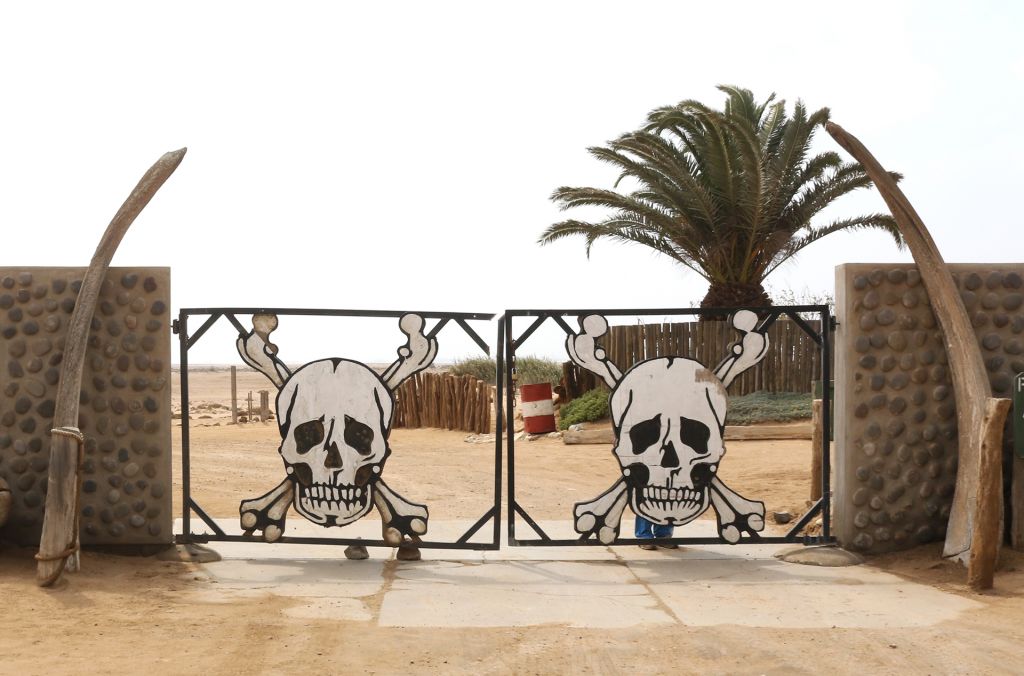
Traveling from Cape Town to Livingstone: the Twyfelfontein site
Twyfelfontein is a Namibian valley in the Damaraland region, the site is famous for hosting over 2500 stone age cave paintings and graffiti on the sandstone rocks.
Twyfelfontein means uncertain spring and it was the availability of water that attracted the San people to the area and it was the San, a people of hunter-gatherers, who gave life to this incredible collection of petroglyphs.
The petroglyphs are rock art made with engravings using hard quartz on soft sandstone.
UNESCO declared Twyfelfontein a World Heritage Site in 2007.
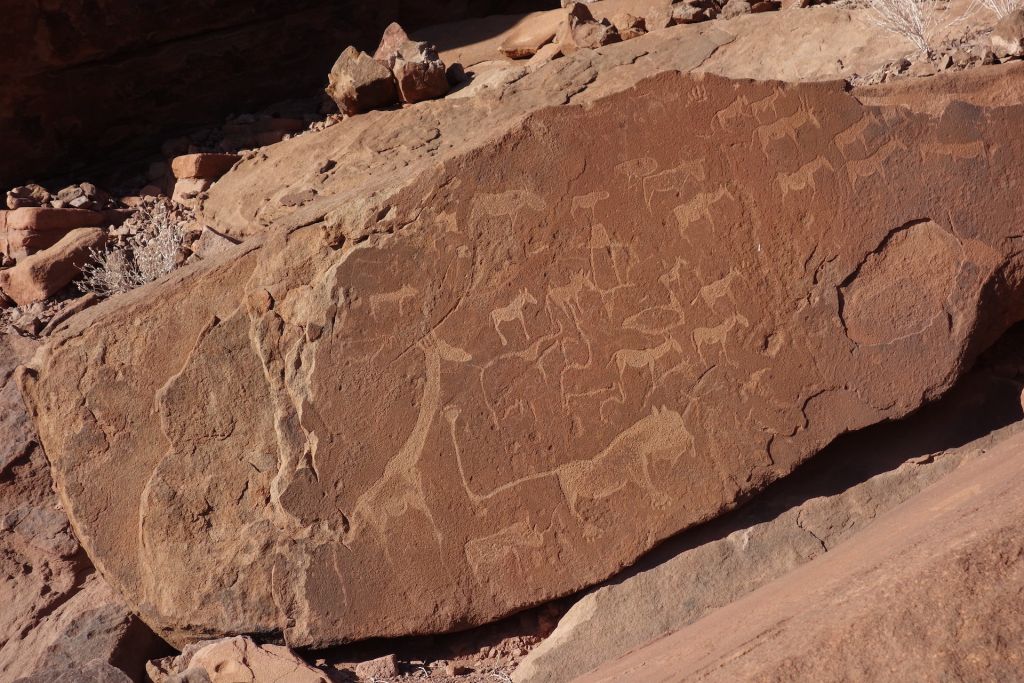
Traveling from Cape Town to Livingstone: Close Encounter with Cheetahs at the Cheetah Conservation Fund
Cheetahs are famous for their speed and agility, but they are also one of Africa’s most endangered big cats. Their number has decreased by 90% over the past 100 years, from 100,000 to less than 10,000 today.
The main reasons for the decline are the human-wildlife conflict, the disappearance of the habitat and the loss of prey.
Founded in 1990, Cheetah Conservation Fund (CCF) is dedicated to the cheetah rescue. CCF works internationally and maintains a field base in Namibia, the country with the largest wild cheetah population.
We will stay overnight in the foundation’s facility and all proceeds from the lodge support the CCF’s ongoing efforts to save the cheetah, promote ethical agriculture and teach coexistence in Namibia.
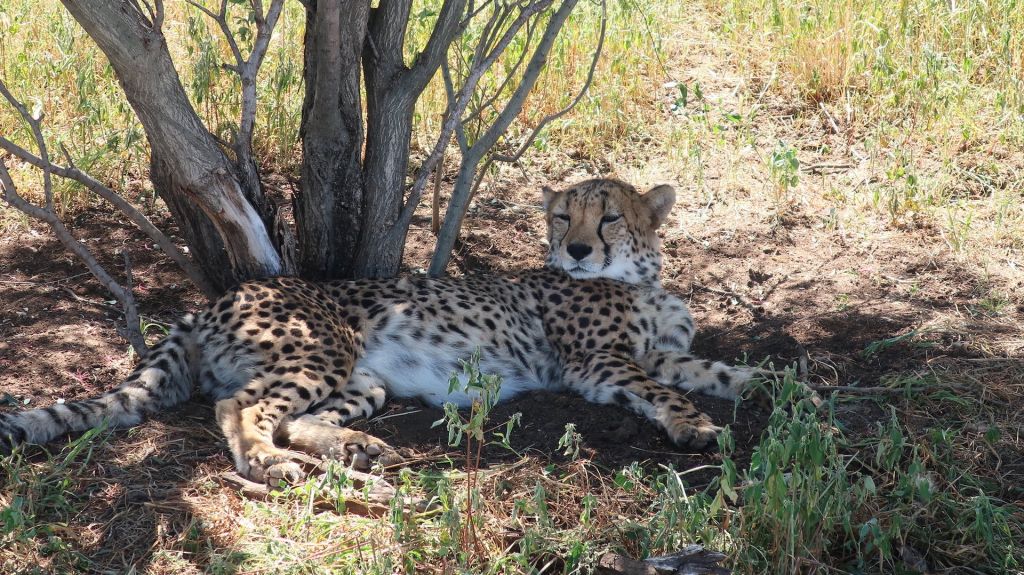
Traveling from Cape Town to Livingstone: safari in Etosha National Park
Etosha National Park, in northern Namibia, is one of the main safari destinations on the continent, hosting a rich and diverse fauna.
The land with open savannahs and sparse vegetation are ideal for spotting animals, especially when they gather at the water holes during the winter months from June to August.
The numerous artificial and natural pools are the best way to observe animals, wildlife is concentrated near the water holes and predators await the ideal opportunity for easy hunting.
Etosha National Park is home to 114 species of mammals including the endangered black rhino and the black-faced impala, endemic to the park, as well as the iconic animals of African parks: lions, leopards, giraffes, elephants, hyenas, zebras and kudu, of the Big 5 only buffaloes are not present in the park.
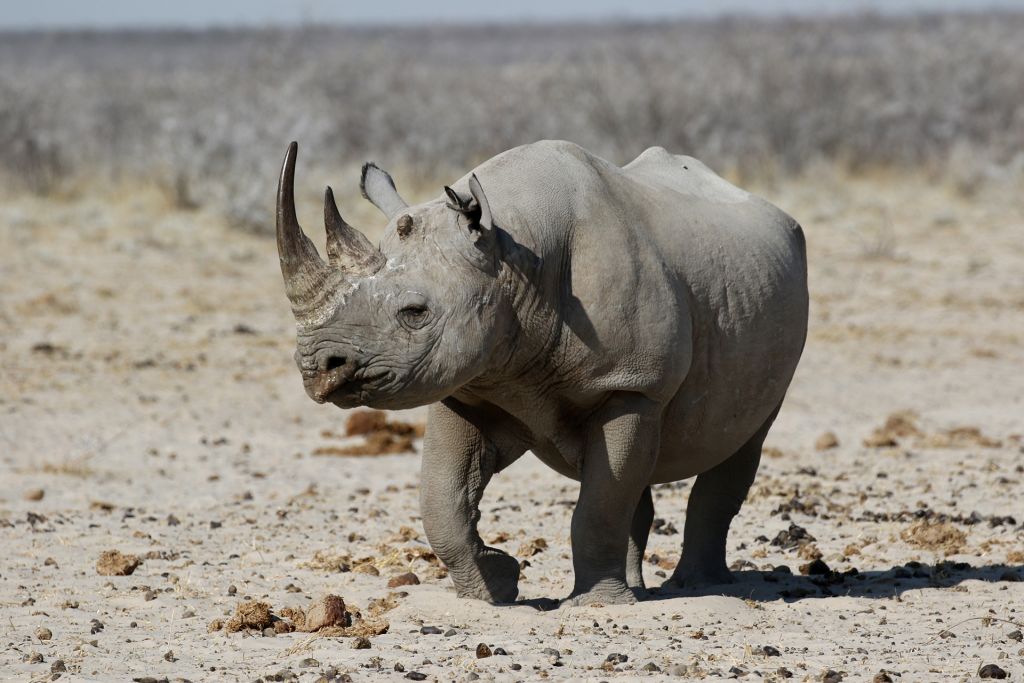
Traveling from Cape Town to Livingstone: the Zambezi River and the Caprivi Strip
The Caprivi Strip is a tropical area in northern Namibia that is home to Bwabwata National Park which was created by combining Caprivi Game Park and Mahango Game Reserve.
It is a region rich in water, in this narrow strip of Namibian land flow the Kwando, the Okavango and the Zambezi.
The abundance of water in the region gives rise to an incredible wealth and diversity of wildlife. About 600 bird species have been recorded and there are large concentrations of elephants and buffaloes, black antelope and roan antelope. Major predators include Lion, Leopard, Cheetah and Hyena, while Reedbuck, Red lechwe, Sitatunga and Hippo are found along the rivers.
A sunset boat safari is the best way to enjoy the beautiful natural setting of the area.
